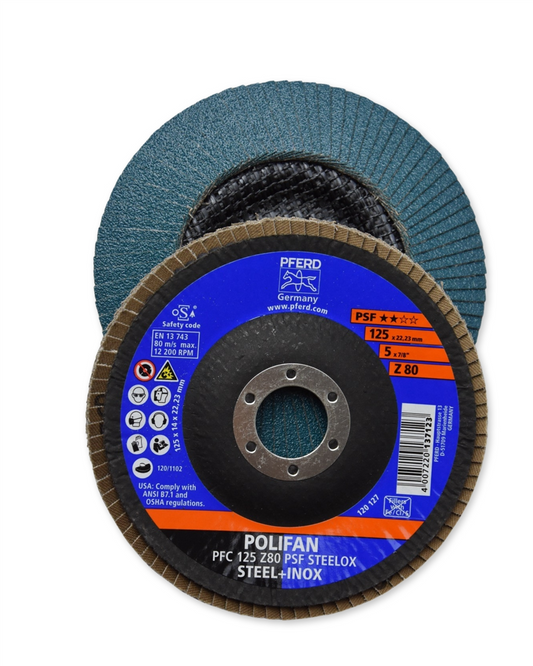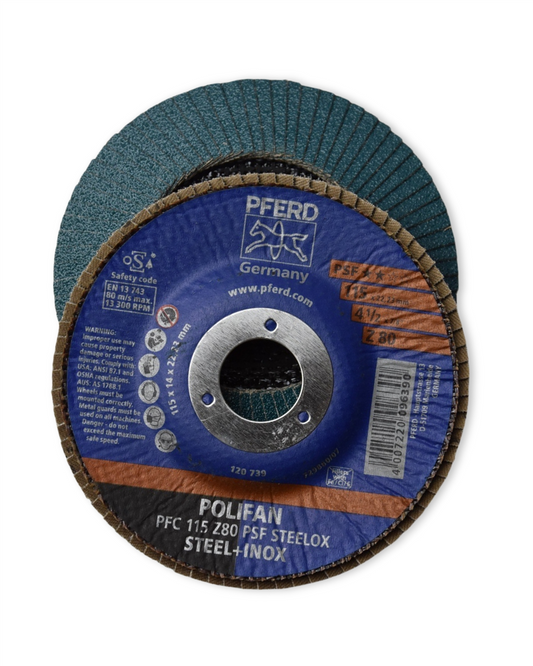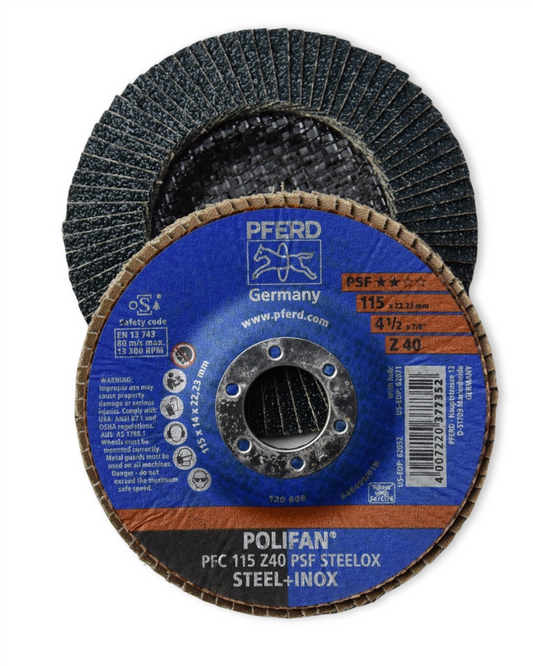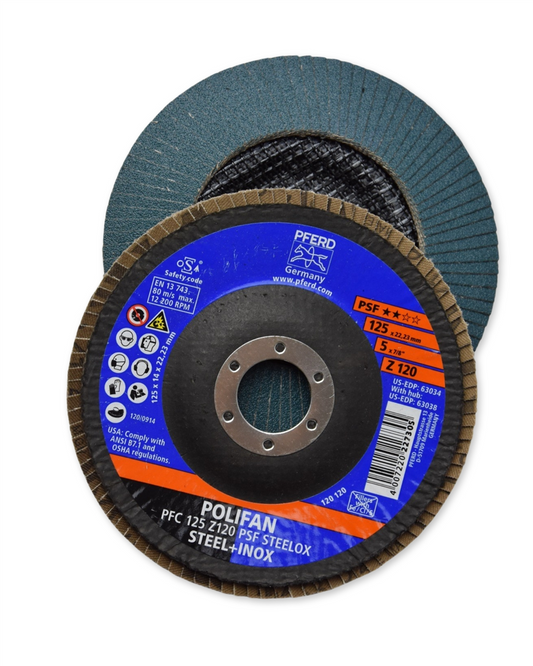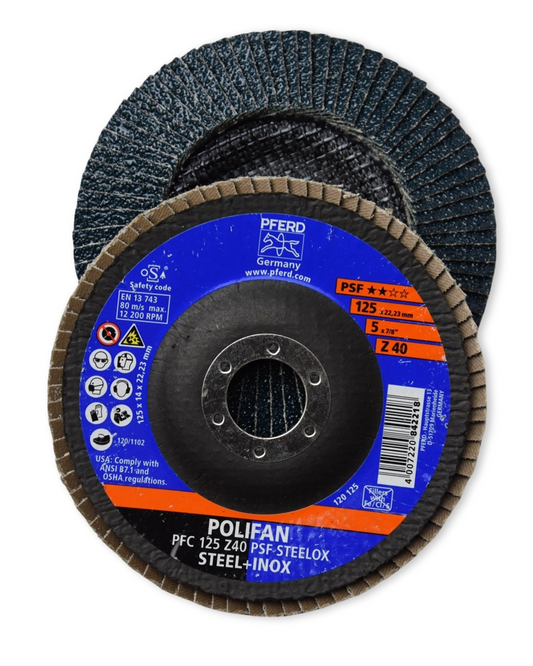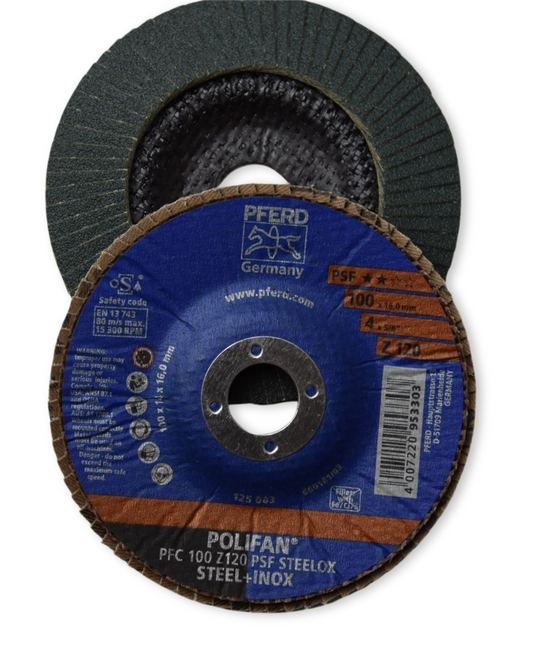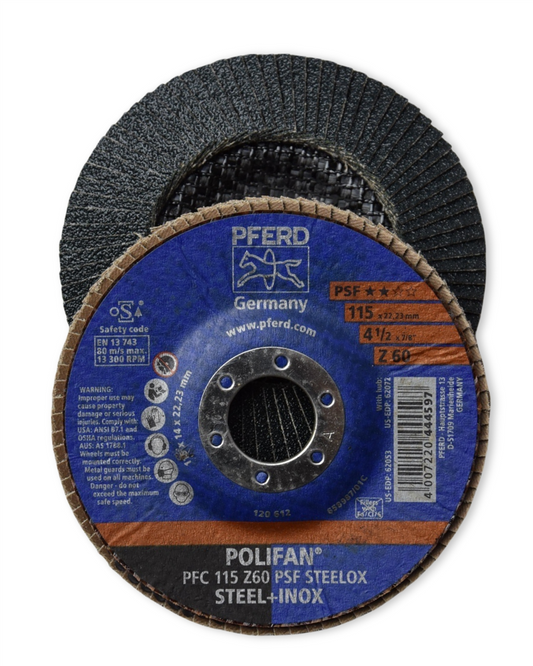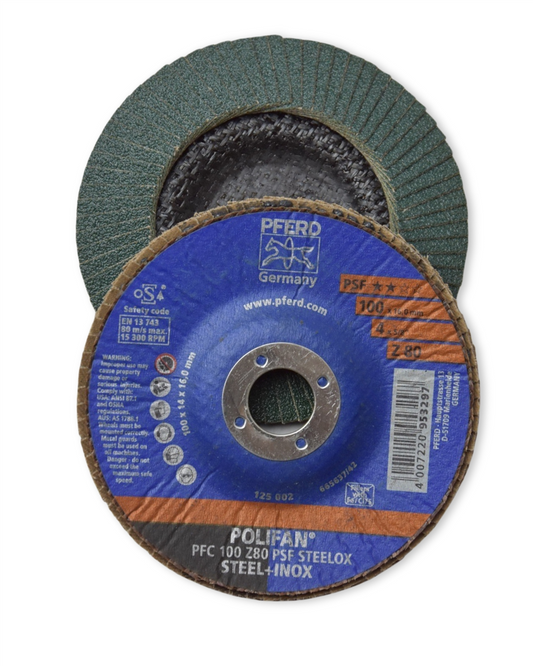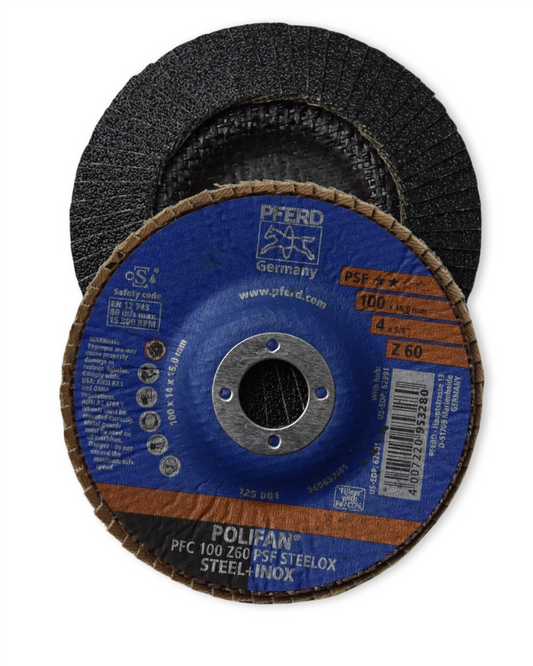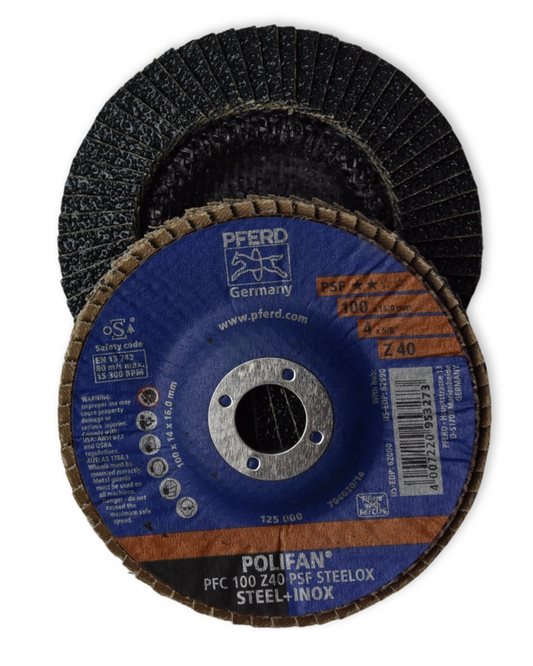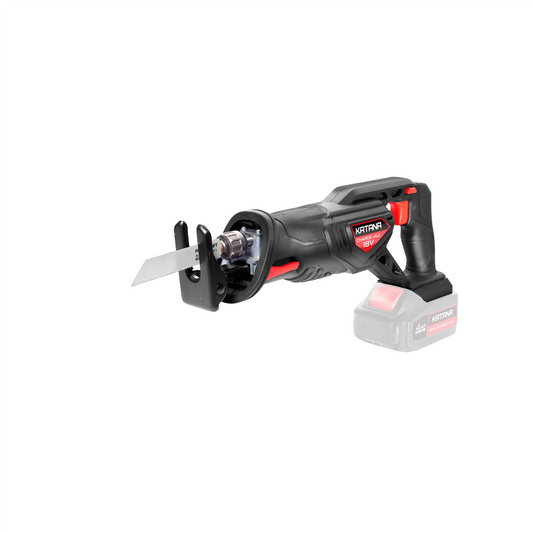Gas bottles fail you? Here's why smart homeowners are rethinking their 45kg gas setup today
Share
Keeping Your Home Cooking: What You Need to Know About 45kg Gas Cylinders in Country Homes
Is your gas setup quietly doing more work than you realise?
Your hot showers, roasts in the oven, and those warming fires on chilly nights — they often hinge on one silent powerhouse: the 45kg LPG cylinder. For many rural households, it’s the unsung hero keeping things running without fuss. But even heroes need a bit of attention to keep performing their best.
The Quiet Backbone of Rural Comfort
When you live out in the fresh air and open space — whether it’s on a few acres or a cheerful corner block in town — your access to utilities looks a little different. There’s no mains gas connecting quietly beneath the road. Instead, you’ve got those sturdy 45kg gas cylinders out the back, often tucked near the laundry or perched beside the shed.
They’re big, reliable, and designed to keep your stove humming, your hot water flowing, and your heater crackling — sometimes for months on end without a single touch-up. But here’s something not many people realise: it’s not just about having them delivered. It’s about knowing the system is safe, efficient, and set up right from the start.
One Local’s Gas Wake-Up Call
“We moved out here thinking gas was just ‘set and forget.’ But when one bottle ran out during Sunday dinner and the spare was empty too, we realised we hadn’t checked on them in six months. Now? We’ve got a system that reminds us, and we haven’t run out once since.”
This is where peace of mind starts: not with the bottle itself, but with a system that supports it.
What Exactly Is a 45kg Gas Cylinder?
A 45kg gas cylinder is a large, refillable bottle that holds liquefied petroleum gas (LPG). Most country homes using bottled gas will have two installed outside — one active, one on standby. They’re connected via regulators and hoses (also called pigtails), which should be checked yearly and replaced as needed. That checking, believe it or not, can be the difference between ‘working perfectly’ and a slow leak you don’t see until the pressure’s gone.
It’s Not Just a Delivery – It’s a System
Here’s the thing: it’s easy to think your job is done once the bottles are in place. But supporting setups — like clear access paths, regulator health, and weatherproofing — actually improve how long those bottles last and how evenly they run. Not to mention safety. Some small things can lead to big wins:
- Keep the area tidy: Leaves, spiderwebs, and debris can cause issues or even minor leaks over time.
- Use a service tag system: Track your cylinder swaps and piggy checks with a visible note on the bottles.
- Lock in a delivery routine: Whether it’s a call-away refill or part of a scheduled run, plan ahead to avoid that dreaded late-night gasless dinner.
But Is It Safe?
When installed properly and maintained, yes. Very. But like any energy source, it needs respect. Cylinders should always stand upright on a stable base, with regulators protected from weather where possible. And if in doubt, a quick check from a local gas expert is all it takes.
What About Sustainability?
People often ask if bottled gas is “eco-friendly enough.” The truth? In a world of tough rural options, LPG sits in a pretty decent spot — burning cleaner than wood and coal, and thanks to refillable bottles, much lower waste than disposable alternatives. And because it’s off-grid, it allows you to run high-efficiency appliances without digging trenches or powering inefficient generators.
Smart Families Are Doing This
- Setting reminders to check bottles visually every time they mow the lawn.
- Joining loyalty programs with their local supplier for tagged servicing and priorities.
- Pairing gas with solar to reduce overall electricity reliance.
With systems like this in place, you never have to think “did we forget the gas?” again.
One Small Habit Shift = Big Peace of Mind
Used to be, rural gas setups meant guesswork. Now, there's a rhythm — a check-in here, a reminder there — and suddenly running on gas is smooth again. This isn’t flashy, and it’s not meant to be. It’s about keeping your home running reliably, quietly, and proudly — one bottle at a time.
See, out here, reliability isn’t just nice. It’s survival. And when something as essential as hot water or heating hinges on a bottle out the back, it’s worth making sure the whole chain is dialled in — from the bottle to the boiler.
Stay warm, stay ready, and don’t be afraid to give the setup a second glance. A few checks now could save you a whole lot of cold showers later.
Thanks for reading,
Candeece

Stay Connected
Follow our Facebook Page: Strathalbyn H Hardware on Facebook

